"Wherever we are, we’d all like to think our classrooms are “intellectually active” places. Progressive learning (like our 21st Century Model, for example) environments. Highly effective and conducive to student-centered learning. But what does that mean?
The reality is, there is no single answer because teaching and learning are awkward to consider as single events or individual 'things'..."



 Your new post is loading...
Your new post is loading...





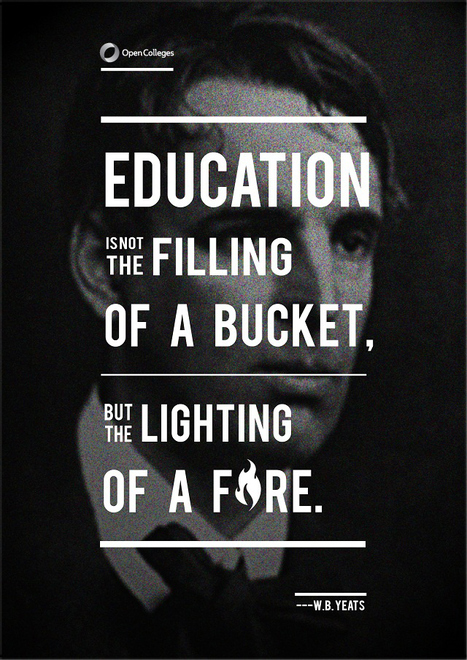
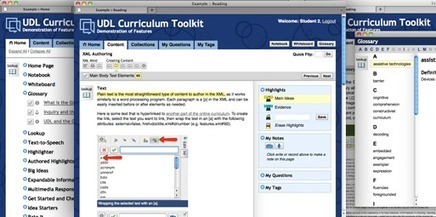

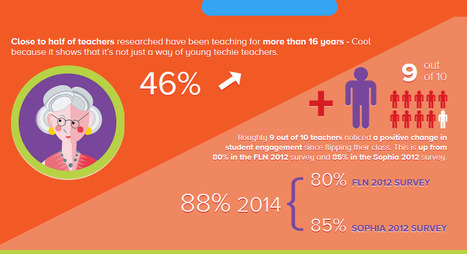
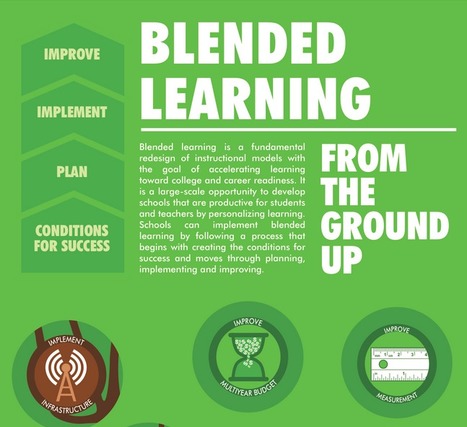

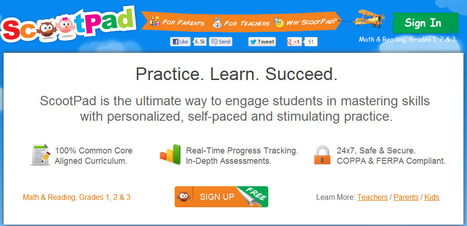







What are the characteristics of an effective learning environment? Read on...
These criteria really outline some solid principles that should direct our planning and thus be evident in our learning environments. Principles such as: student enquiry, work readiness, personalised learning, flexibility, authentic and transparent assessment. I like the focus on critical thinking here :)
Great scoop Beth. I love the goal of "intellectually active" classrooms.